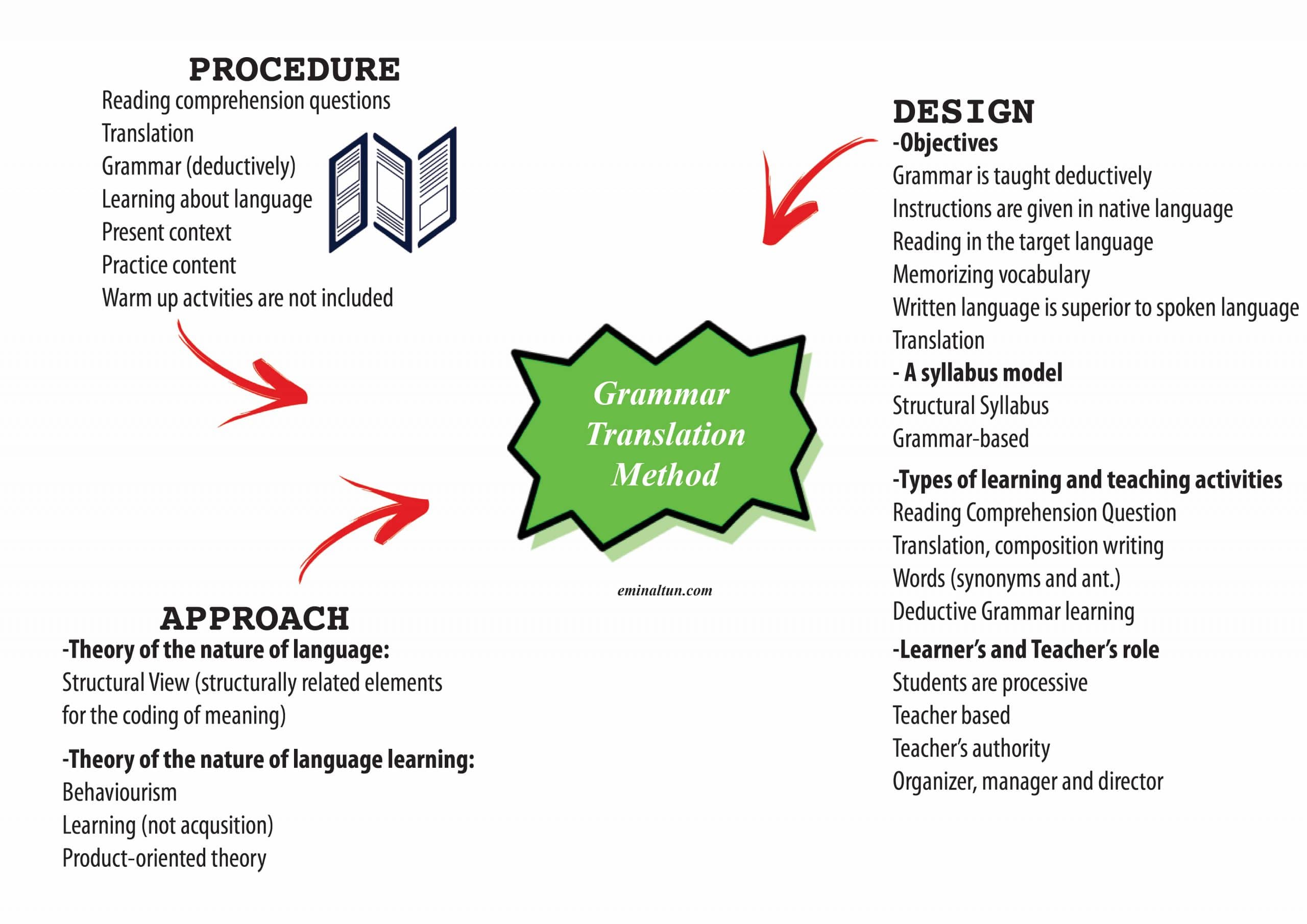With the World War II, armies needed to become orally proficient in the languages of their allies and enemies as much as possible. This teaching technique was initially called the Army Method, and audio-lingual method was the first to be based on linguistic theory and behavioural psychology.
The audio-lingual method consists of teaching a new language through reading a dialogue or text and carrying out drills associated with it. According to audio lingual method, learning a language consists of getting to know its grammar and practicing its rules through many types of drills until habits in the new language are formed and speech becomes spontaneous. Through listening, imitating and performing controlled tasks, students acquire a new form of verbal behavior.
The essentials are: a) language learning is a process of habit formation, and good habits are formed by giving correct responses b) since language is basically oral, spoken form is presented before written form c) translation or use of the native tongue is discouraged d) students infer the rules of the language through practice, so the approach to the teaching of grammar is essentially inductive (like direct method).
Modern Usage
The Audio-lingual Method is still in use today, though normally as a part of individual lessons rather than as the foundation of the course. These types of lessons can be popular as they are relatively simple, from the teacher’s point of view, and the learner always knows what to expect.
Some of the most famous supporters of this method were Giorgio Shenker, who promoted guided self learning with the Shenker method in Italy, and Robin Callan, who created the Callan method.
The Strength and The Weakness of Audio Lingual Method
The strengths of Audio Lingual Method:
- All the students are actives in the class.
- The circumstance class are more interesting and life.
- The speaking and listening skill are more drilled, so the pronunciation skill and listening skill are more controlled.
The weaknesses of Audio Lingual Method:
- For the smart students this method is bored, because the procedure of the ALM method is majority repeat the sentence.
- Sometimes the students are confused because the teacher explain the material in simple way not in detail way.
- The grammar skill is not more drilled.
When – 1950 to 1970, some sporadic or selective use today
Focus – Sentence and sound patterns
Characteristics – Listening and speaking drills and pattern practice only in English
Supporters – B.F. Skinner, Leonard Bloomfield, Robin Callan



